

Articles
Which Way Does Extension Ladder Go
Modified: October 22, 2024
Looking for articles on which way does an extension ladder go? Find the answers and expert advice on extension ladder use in our informative articles.
(Many of the links in this article redirect to a specific reviewed product. Your purchase of these products through affiliate links helps to generate commission for Storables.com, at no extra cost. Learn more)
Introduction
When it comes to using an extension ladder, proper placement is crucial for ensuring safety and effective use. Knowing which way an extension ladder should go can prevent accidents and minimize the risk of injury. Whether you are a professional contractor or a DIY enthusiast, understanding the correct positioning of an extension ladder is essential for any job that requires working at heights.
An extension ladder is a versatile tool that can be extended to different lengths, making it suitable for a wide range of tasks such as painting, cleaning windows, repairing roofs, or accessing elevated areas. However, using an extension ladder incorrectly can lead to unstable positioning, which can result in falls and serious accidents.
In this article, we will discuss the proper placement of extension ladders and provide safety tips to ensure that you can work comfortably and securely at height. Furthermore, we will also highlight common mistakes to avoid when setting up an extension ladder and offer guidelines to follow for a successful and accident-free experience.
Key Takeaways:
- Proper placement of extension ladders is crucial for stability and safety. Follow guidelines for angle, overlap, and secure positioning to prevent accidents and create a secure working environment.
- Consider weight capacity, surface grip, and weather conditions when using extension ladders. Inspect the ladder, secure it properly, and follow safety tips to minimize the risk of accidents and injuries.
Read more: Which Way Does Toilet Paper Go
Proper Placement of Extension Ladders
Knowing how to properly position an extension ladder is essential for maintaining stability and ensuring your safety while working at height. The correct placement of the ladder will provide a sturdy base and prevent it from slipping or tipping over. Here are the steps to follow for proper placement of an extension ladder:
- Choose a level surface: Find a stable and level surface on which to place the ladder. Avoid uneven or slippery surfaces that could compromise the ladder’s stability.
- Angle the ladder correctly: The angle at which the ladder is set up plays a vital role in its stability. The ideal angle is about 75 degrees, which means the base of the ladder should be positioned approximately one-quarter of the working height away from the structure you are leaning against. For example, if you are working at a height of 20 feet, the base of the ladder should be about 5 feet away from the structure.
- Ensure proper ladder overlap: When extending the ladder, make sure that the sections overlap by at least three to five rungs. This overlap provides stability and prevents the ladder from collapsing under your weight.
- Secure the ladder: To prevent the ladder from sliding or tipping, ensure it is securely positioned. Use ladder stabilizers or leg levelers to provide additional support and grip on uneven surfaces.
- Use the 4-to-1 rule: The 4-to-1 rule is a guideline to determine the safe working height on an extension ladder. For every four feet of ladder height, the base of the ladder should be positioned one foot away from the wall or structure it is leaning against. This ratio ensures proper weight distribution and stability.
By following these guidelines, you can ensure that your extension ladder is properly placed and secure for any task at height. However, it is essential to consider other factors that may impact ladder placement to ensure a safe and successful experience.
Factors to Consider
While understanding the proper placement of an extension ladder is crucial, there are several factors that you should consider to ensure optimal safety and efficiency. Here are some important factors to keep in mind when positioning your extension ladder:
- Weight capacity: Before using an extension ladder, it is essential to check its weight capacity. Make sure the ladder can safely support your weight along with any tools or equipment you may be carrying while working at heights.
- Grip and stability: Consider the surface on which you are placing the ladder. Ensure that it is dry, stable, and free from any debris or hazards that could cause the ladder to slip or lose stability.
- Weather conditions: Weather conditions can significantly impact ladder stability and your overall safety. Avoid using an extension ladder in windy or stormy weather conditions, as the wind can destabilize the ladder and make it hazardous to climb.
- Obstacles: Take note of any obstacles that may interfere with the placement of your ladder. This includes trees, power lines, uneven surfaces, or objects that may hinder the ladder’s stability. Clear the area around the ladder and ensure a safe working environment.
- Height considerations: Consider the height at which you will be working and choose an extension ladder that is appropriate for the task. Make sure the ladder is long enough to reach the desired height without overreaching, which can lead to loss of balance and falls.
- User capability: Take into account your own physical capabilities and experience when positioning an extension ladder. If you have any physical limitations or are unfamiliar with ladder safety, it is advisable to seek assistance or consider hiring a professional to perform the task.
By considering these factors, you can ensure that you position your extension ladder in the safest and most efficient manner. Proper placement, combined with careful consideration of these factors, will help minimize the risk of accidents and create a secure working environment.
When setting up an extension ladder, make sure the base is placed on a firm, level surface and the top is leaning against a solid support. The side with the rungs should be facing away from the support for safe climbing.
Incorrect Placement of Extension Ladders
Understanding the correct placement of an extension ladder is crucial for your safety. However, it is equally important to be aware of common mistakes and incorrect placements that can compromise ladder stability and lead to accidents. Here are some examples of incorrect placement of extension ladders to avoid:
- Leaning the ladder too far or too close: Placing the ladder at an improper angle can cause instability. Leaning the ladder too far from the structure can make it prone to tipping backward, while leaning it too close can cause it to slide forward.
- Placing the ladder on an unstable or uneven surface: Positioning the ladder on an unstable or uneven surface can lead to instability and increases the risk of the ladder slipping or tipping over during use. Always ensure that the ground is level and free from any obstacles that could compromise stability.
- Overextending the ladder: Overextending the ladder beyond its recommended height can lead to instability and make it more prone to collapsing or tipping over. Always ensure that the ladder is extended to a height that is safe and within its recommended capacity.
- Ignoring weight capacity: Failure to consider the weight capacity of the ladder can be extremely dangerous. Overloading the ladder with too much weight, including your own weight and any tools or equipment, can cause it to buckle or collapse.
- Using a damaged ladder: Using a ladder that is damaged or in poor condition is a serious safety hazard. Before using an extension ladder, carefully inspect it for any signs of damage, such as cracked or bent rungs, loose fittings, or frayed ropes. If you notice any damage, repair or replace the ladder before using it.
It is important to be mindful of these mistakes and ensure that you avoid them when positioning your extension ladder. By recognizing and correcting these incorrect placements, you can greatly reduce the risk of accidents and create a safer working environment.
Safety Tips for Using Extension Ladders
Working with extension ladders can be hazardous if proper safety measures are not followed. To ensure a safe and accident-free experience, consider the following safety tips when using extension ladders:
- Inspect the ladder: Before each use, carefully inspect the ladder for any signs of damage, such as cracks, loose screws, or worn-out parts. If you notice any issues, repair or replace the ladder before proceeding.
- Choose the right ladder: Select a ladder that is appropriate for the task at hand. Consider the height and weight capacity required and ensure that the ladder meets those specifications. Using an improperly sized ladder can lead to instability and accidents.
- Secure the ladder: Ensure that the ladder is securely positioned and stable before climbing. Use ladder stabilizers, leg levelers, or a buddy system to provide additional support and prevent the ladder from sliding or tipping.
- Take three points of contact: Maintain three points of contact with the ladder at all times—two hands and one foot, or two feet and one hand. This minimizes the risk of falls and provides better balance and stability while climbing.
- Avoid overreaching: When working on a ladder, avoid overreaching or leaning too far to one side. Keep your body centered between the side rails to maintain balance and prevent the ladder from tilting.
- Use proper climbing techniques: Ascend and descend the ladder facing the ladder, maintaining a firm grip on the rungs. Never slide down the ladder or skip rungs, as it increases the risk of losing balance and falling.
- Don’t exceed the weight capacity: Always adhere to the weight capacity specified by the manufacturer. Overloading the ladder with excessive weight can compromise its stability and lead to accidents.
- Work in optimal weather conditions: Avoid using an extension ladder in harsh weather conditions, such as strong winds, rain, or icy surfaces. Such conditions can make the ladder slippery or unstable, increasing the risk of accidents.
- Keep the working area clear: Ensure that the area around the ladder is free from obstacles and debris. This helps prevent tripping hazards and allows for a safe and unobstructed working environment.
- Don’t leave the ladder unattended: Never leave the ladder unattended, especially if there are children or untrained individuals nearby. Always secure the ladder or remove it from the area when not in use to prevent accidents.
By following these safety tips, you can reduce the risk of accidents and injuries while using extension ladders. Remember, safety should always be a top priority when working at heights.
Read more: Which Way Does A Lawnmower Blade Go On
Conclusion
Proper placement of extension ladders is essential for both safety and efficiency. By following the correct guidelines for ladder placement, you can ensure stability, minimize the risk of accidents, and create a secure working environment.
Factors such as weight capacity, surface grip, weather conditions, and user capability should be considered before positioning an extension ladder. It is important to avoid incorrect placement, such as leaning the ladder at improper angles or on unstable surfaces, overextending the ladder, or ignoring weight capacity limitations.
To ensure safe ladder usage, it is crucial to inspect the ladder for any damage before each use and choose the right ladder for the task. Securing the ladder properly, maintaining three points of contact, avoiding overreaching, and using proper climbing techniques are also important safety measures to follow.
Lastly, working in optimal weather conditions, keeping the working area clear, and never leaving the ladder unattended are additional precautions to consider when using an extension ladder.
Remember, safety should always be prioritized when working at heights. By understanding the proper placement of extension ladders and adhering to safety guidelines, you can ensure a secure and accident-free experience while getting the job done efficiently.
Frequently Asked Questions about Which Way Does Extension Ladder Go
Was this page helpful?
At Storables.com, we guarantee accurate and reliable information. Our content, validated by Expert Board Contributors, is crafted following stringent Editorial Policies. We're committed to providing you with well-researched, expert-backed insights for all your informational needs.
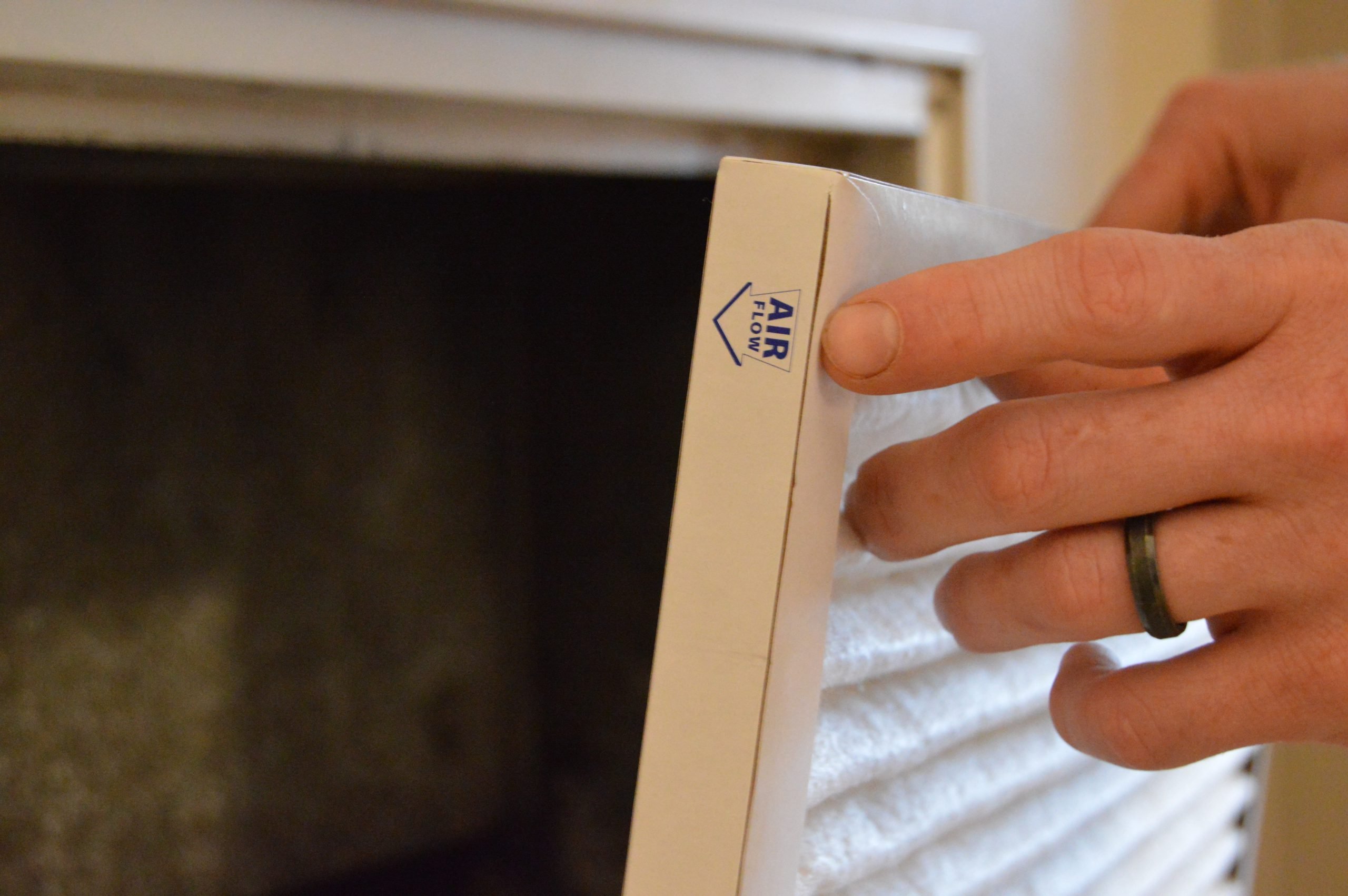

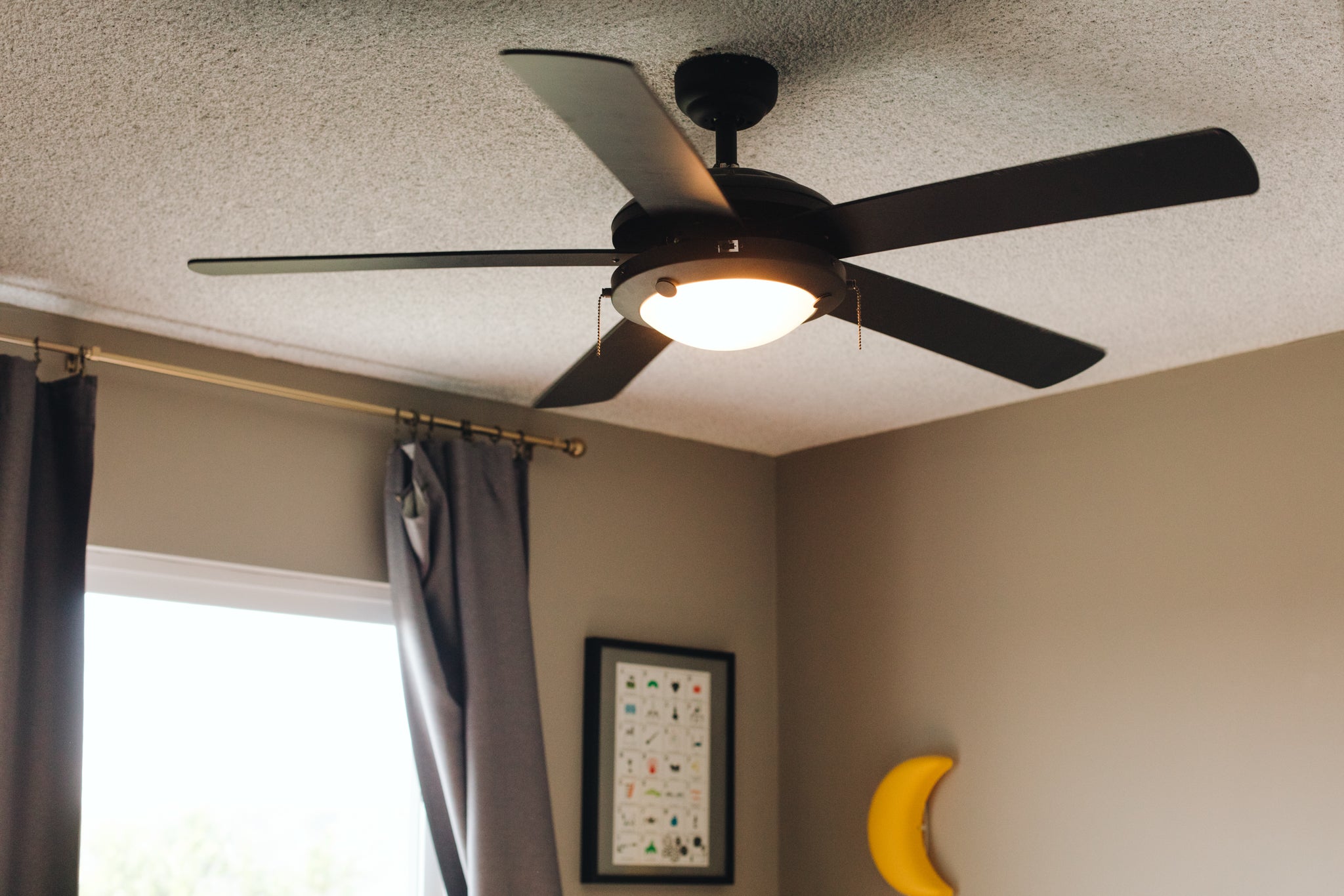

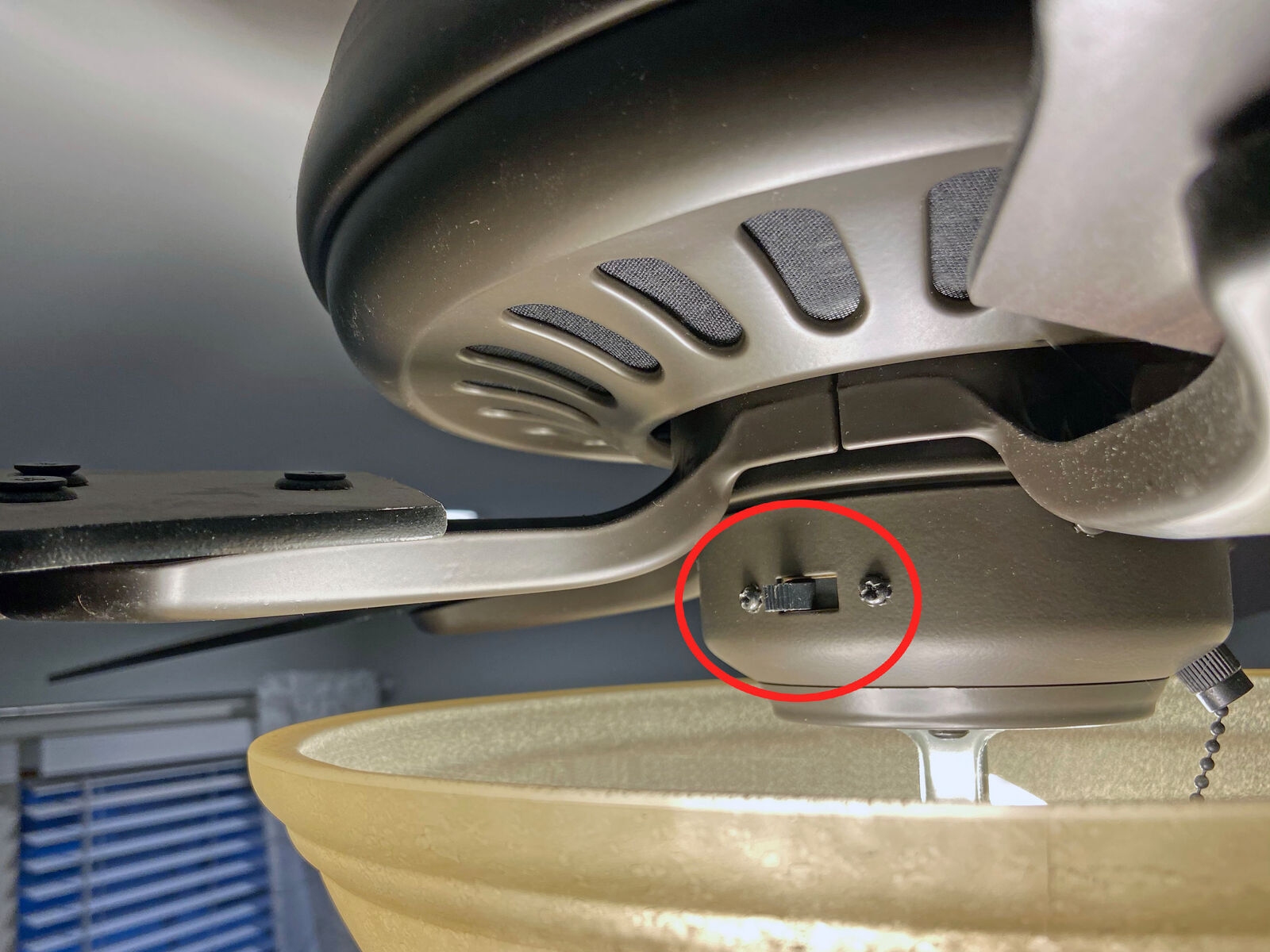

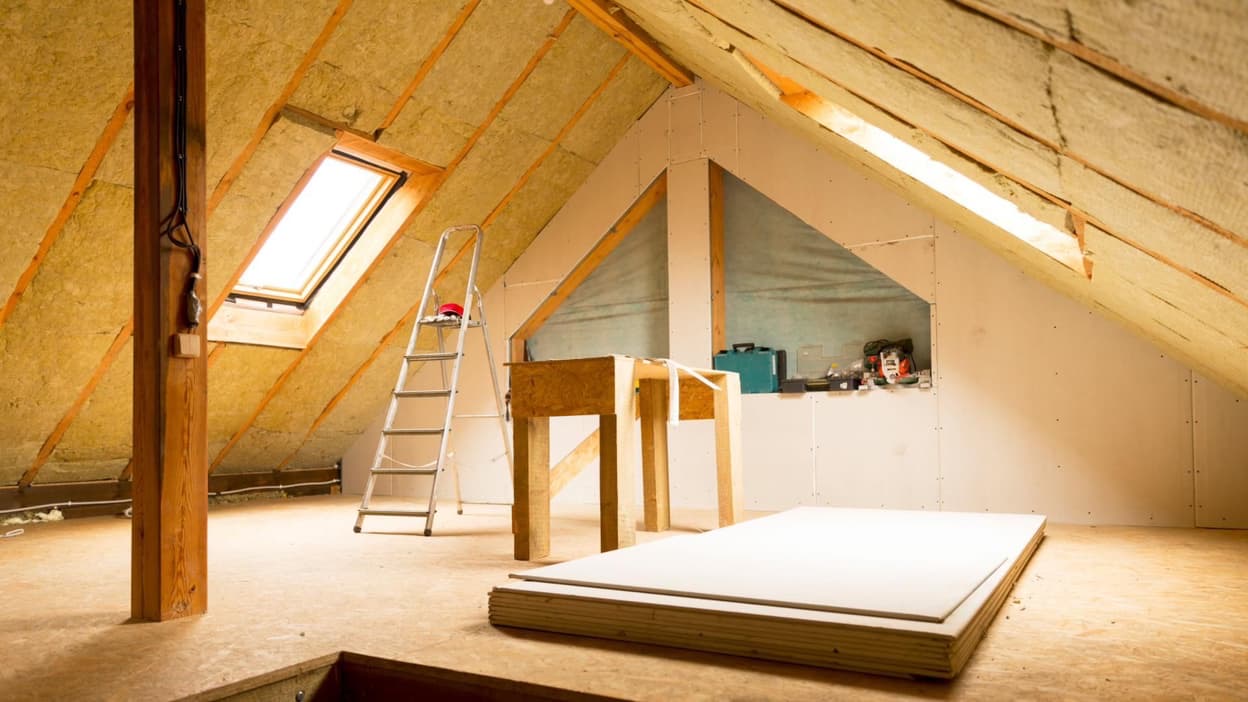
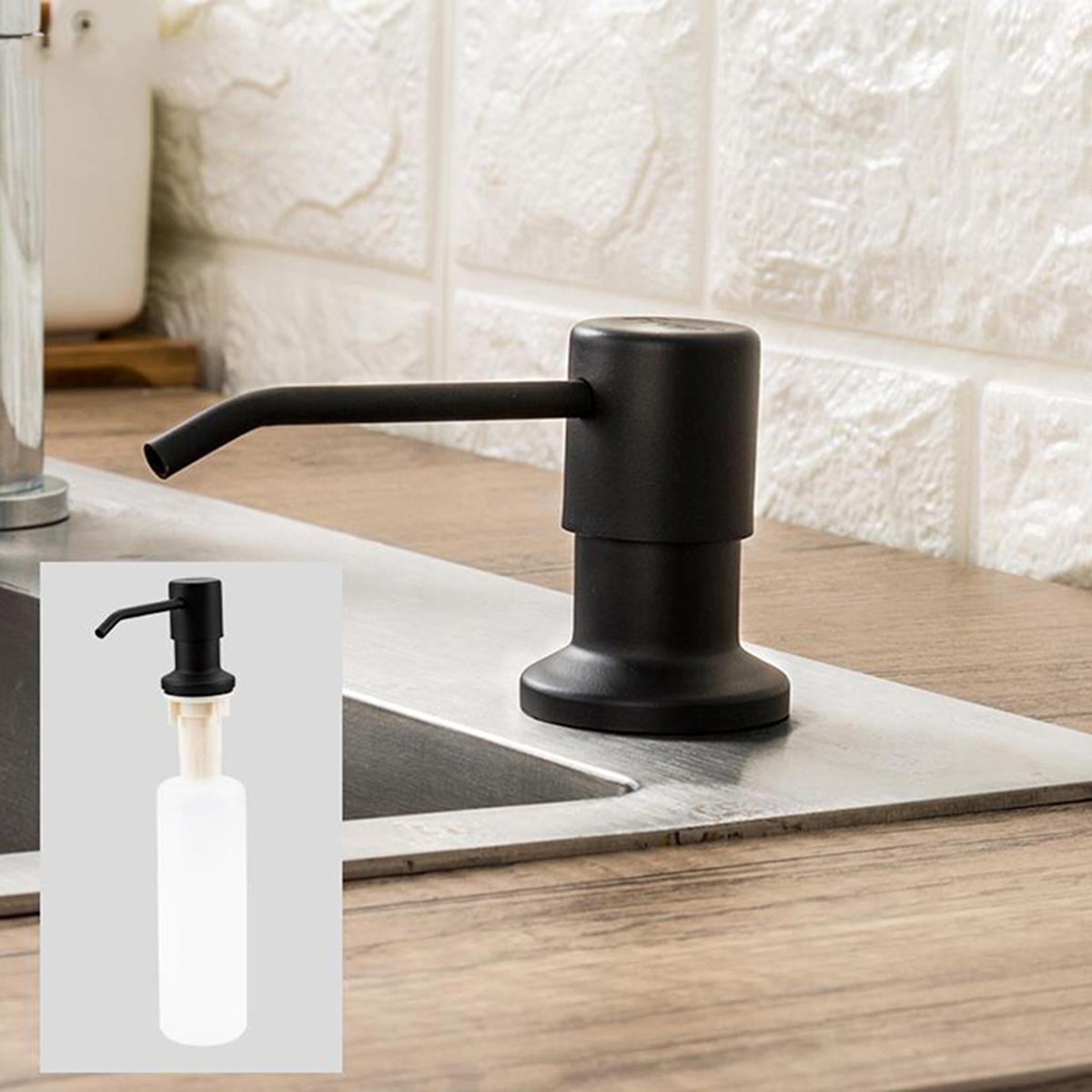

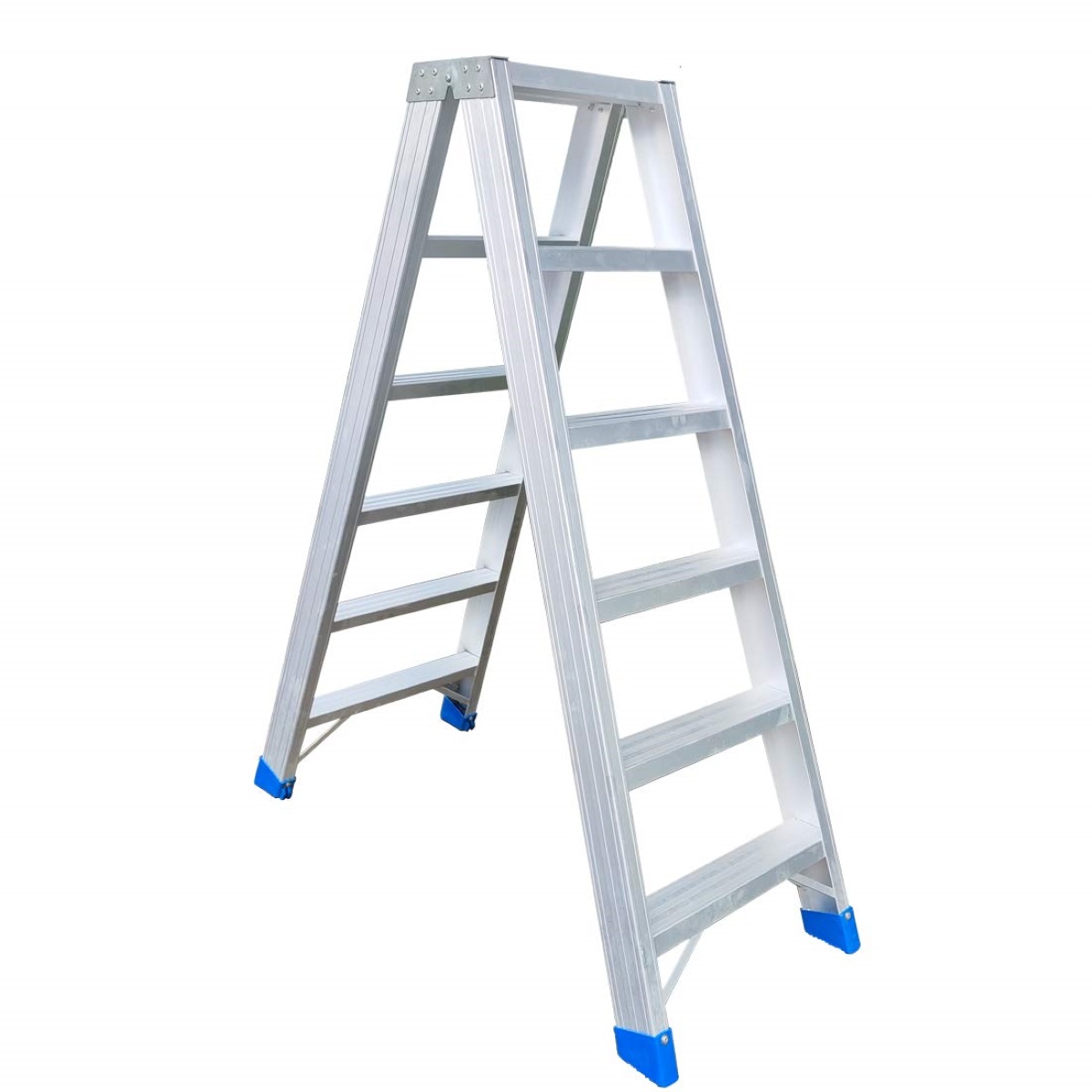
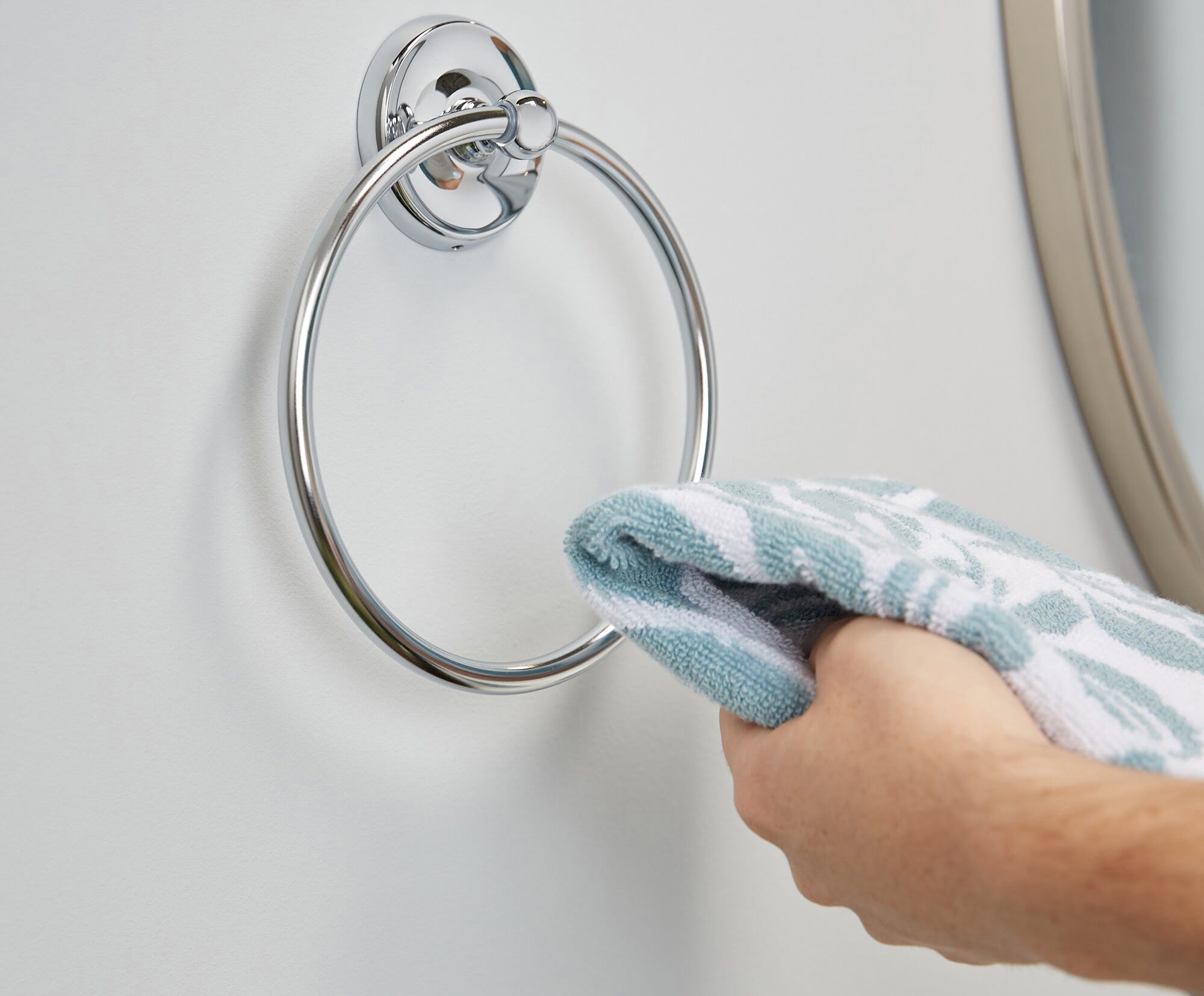
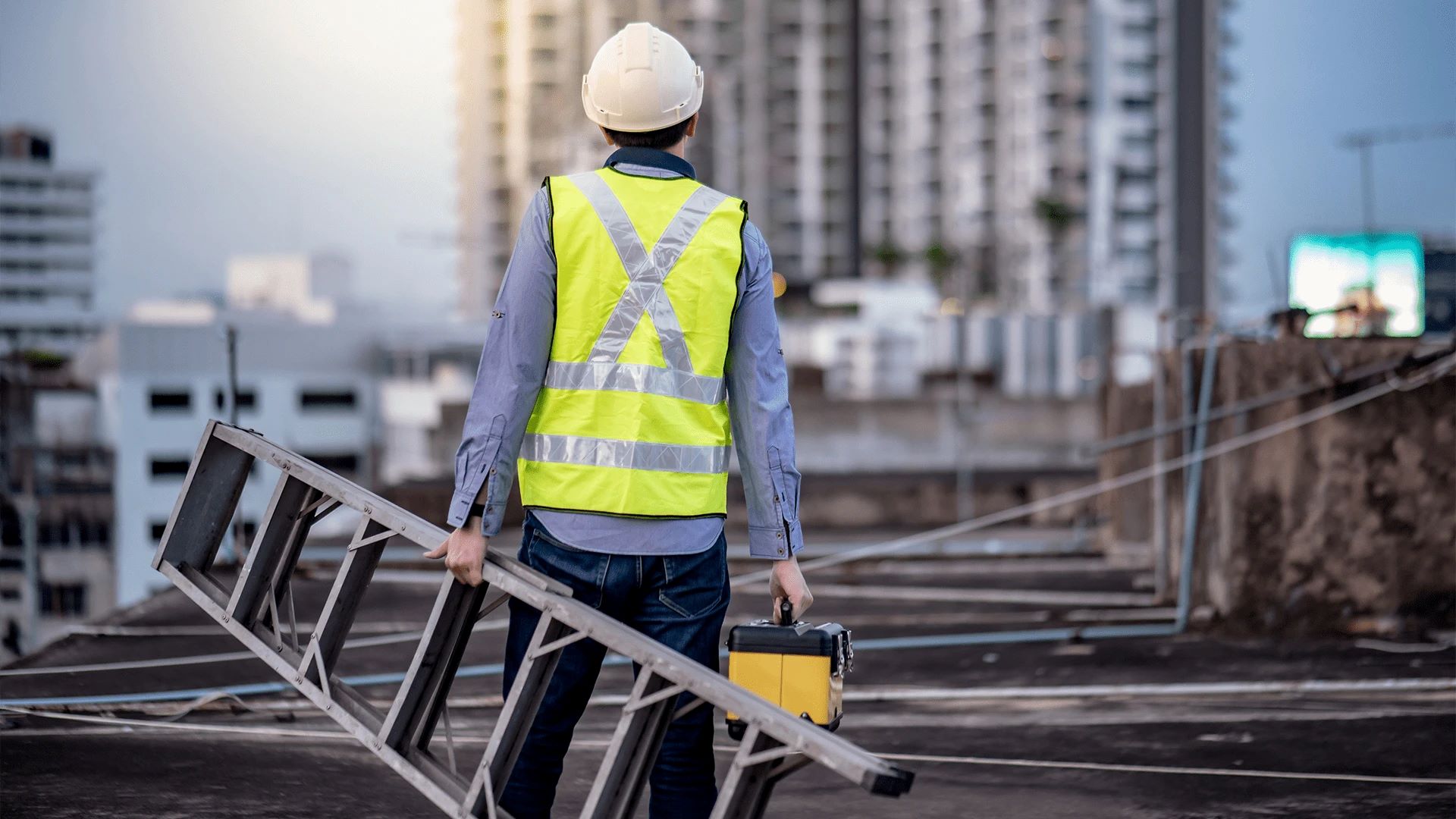
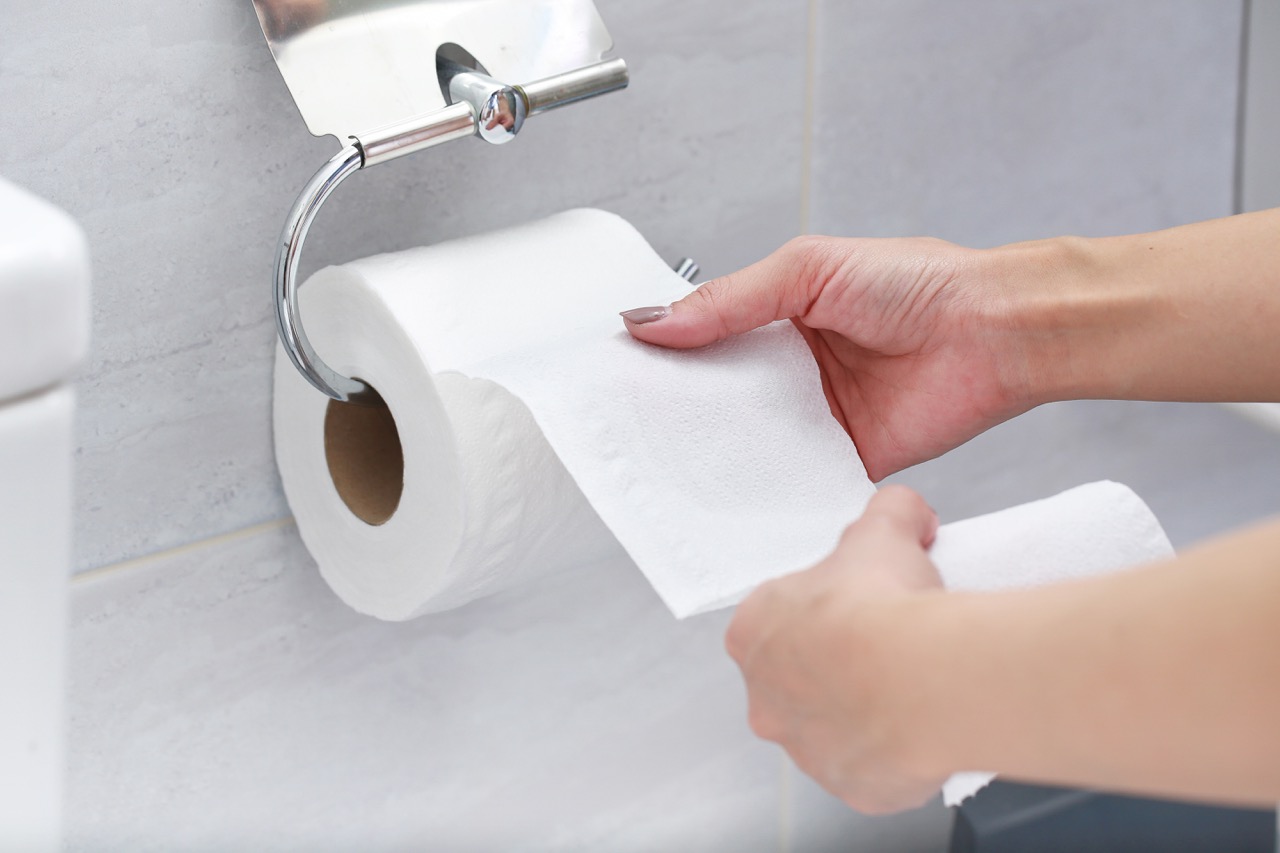


0 thoughts on “Which Way Does Extension Ladder Go”